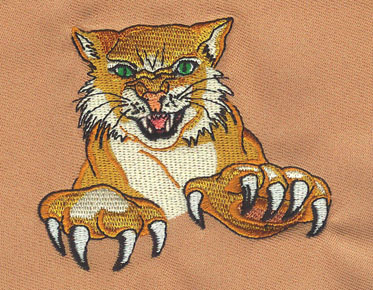Knowledge from Eagle digitizing: Screen Printing And Direct To Garment - Which One Is The Best?
An important factor in determining the best process for your design is quality. This is especially true if you are working with a large quantity of shirts. Screen printing, while popular, can be fairly expensive and slow depending on the quantity of shirts being made. Direct to garment printing is faster and more cost efficient than screen printing, but also offers lower quality. If this post spurred your interest and you want to find out more about vector art conversion, please feel free to contact us.
There are a few questions to ask yourself before deciding on traditional screen printing or direct garment printing.
What
quantity do you want to produce?
What
type of clothing will we print on?
What
is the quality and color complexity of the artwork?
The answers to these questions will determine which approach is best for your project.
Screen printing is undoubtedly the best process for most garments.
More
cost effective than any larger volume
There
are many inks to choose from - plastic sol, water - based, special
There
are few structural limitations
Screen printing does have one big drawback, which is that it is not suitable for small orders. There's also a minimum by color count, so that's another limiting factor.
DTG (Ready-to-wear) is a great alternative to screen printing for a number of reasons. This is an option to use the machine to print jobs digitally instead of on-screen.
More
cost effective compared to small batch size
It
is the preferred method for small batch jobs and samples.
There
are no restrictions based on color counts.
Suitable for staple cotton clothing only.
Not
every project actually has a clear winner, but we mainly use DTG printing for
jobs that don't fit our minimum screen-printing requirements, as
screen-printing offers a sense of higher quality and is cheaper at higher
yields.



